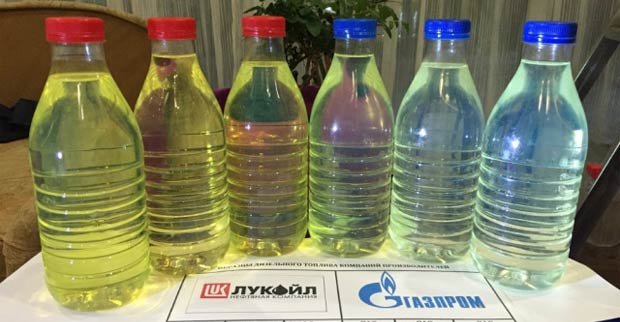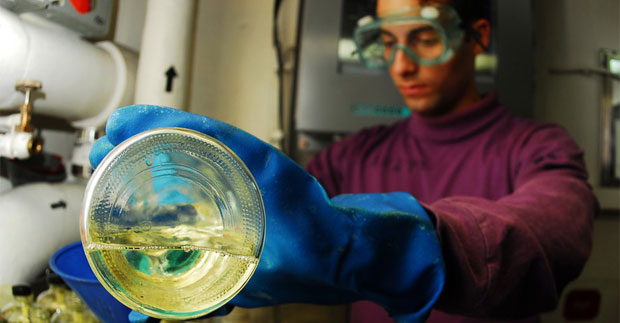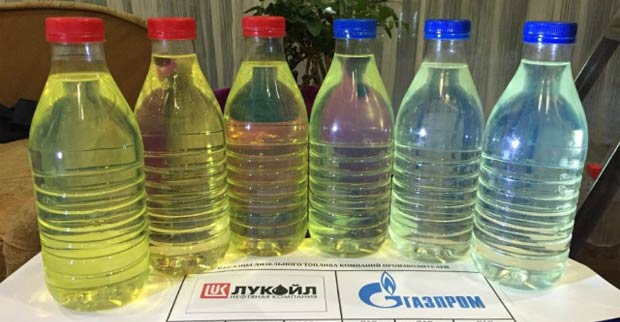
How to make winter diesel from summer diesel?
Content
Problems and solutions
The easiest way is to dilute the hot summer with kerosene (this is what many owners of tractors and loaders do). The second, although less budgetary option is the addition of biodiesel fuel; its amount, according to experts, should be in the range of 7 ... 10%.
There are also more civilized technologies for converting summer diesel into winter diesel, associated with the use of various antigels. But such solutions are not always feasible under normal conditions.
There are a number of purely mechanical methods to make it easier to start an engine in cold weather:
- Hood insulation.
- Installing a fan in front of the tank (this is not always feasible for structural reasons).
- Dynamic overflow of summer fuel from one tank to another, which slows down the gelation process.


Sequence of operations
First, it will be necessary to experimentally determine the degree of suitability of the filters. At a temperature below the point of optimal use of summer diesel fuel, a trial run of a diesel engine is carried out, and the condition of the car filters is determined by the stability of its operation. The waxing process is also effectively stopped by preheating the filters.
It is useful to use the supplement Stanadyne, which:
- Will increase the cetane number by several positions.
- Prevents freezing of fuel.
- It will clean the injection system from possible insoluble impurities and resinous substances.
- It will prevent adhesive formations on the surface of rubbing parts, which will reduce their wear.


The additive-to-fuel ratio is typically 1:500, and it is possible to use different grades of Stanadyne additives in succession, as they all mix well with each other. It should be recalled that these additives guarantee acceptable emulsification only up to temperatures not lower than -200With and with its not very long-term use (no more than a week).
You can also use technical kerosene, adding it to summer diesel fuel in a proportion of no more than 1:10 ... 1:15. However, this should not be repeated more than three times.
What is the difference between summer and winter solar?
The first way is to establish the actual sulfur content of the fuel. GOST 305-82 provides for three types of diesel fuel grades:
- Summer (L), the sulfur content of which should not exceed 0,2%.
- Winter (Z), for which the percentage of sulfur is higher - up to 0,5%.
- Arctic (A), the sulfur content of which is up to 0,4%.


The second way to distinguish diesel fuel is its color. For summer it is dark yellow, winter and arctic varieties are lighter. The existing ideas that the brand of diesel fuel can be determined by the presence of bluish-blue or red shades are incorrect. The first can be observed for fresh fuel, and the second, on the contrary, for fuel that has been stored for a long time.
The most reliable way to distinguish fuel grades is to determine their density and viscosity. For summer diesel fuel, the density should be in the range of 850 ... 860 kg / m3, and the viscosity is at least 3 cSt. Characteristics of winter diesel fuel - density 830 ... 840 kg / m3, viscosity - 1,6 ... 2,0 cSt.


Watch this video on YouTube

